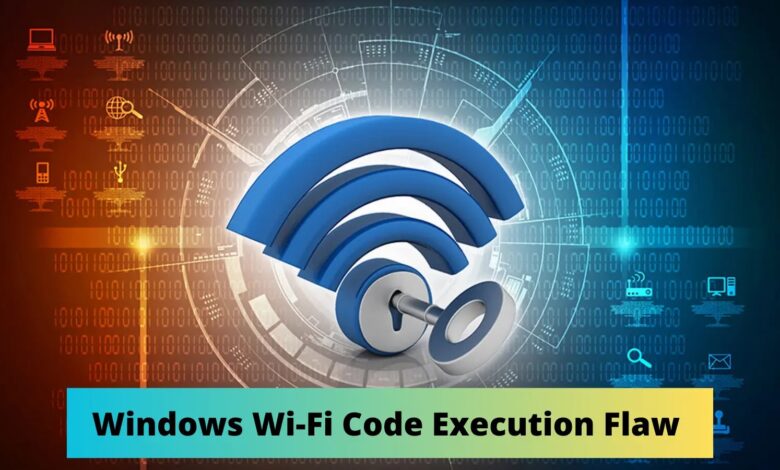Windows Wi-Fi Code Execution Flaw Let Attacker Hijack Your Devices

Microsoft patched several vulnerabilities as part of June 2024’s Patch Tuesday, one of which was associated with remote code execution in Wi-Fi Driver.
This vulnerability was assigned with CVE-2024-30078, and the severity was 8.8 (High).
However, based on Microsoft’s description of this vulnerability, it can be seen that it does not require user interaction.
Microsoft stated that this vulnerability is not known to be exploited in the wild. However, it is possible that it might easily attract threat actors.
Free Webinar on API vulnerability scanning for OWASP API Top 10 vulnerabilities -> Book Your Spot
Technical Analysis
According to the advisory, this vulnerability requires the threat actor to be connected to the same network as the vulnerable device and able to send and receive radio transmissions.
To exploit this vulnerability, the threat actor must send malicious networking to the affected Wi-Fi adapter, which will execute remote code on the machine.
Further, the threat actor does not require authentication, which makes it extremely easy to exploit. Wei reported this vulnerability in Kunlun Lab with Cyber KunLun.
This vulnerability does not require any special conditions or circumstances to exploit. However, this vulnerability affects the following Microsoft Products.
- Windows Server 2012 R2 (Server Core installation)
- Windows Server 2012 R2
- Windows Server 2012 (Server Core installation)
- Windows Server 2012
- Windows Server 2008 R2 for x64-based Systems Service Pack 1 (Server Core installation)
- Windows Server 2008 R2 for x64-based Systems Service Pack 1
- Windows Server 2008 for x64-based Systems Service Pack 2 (Server Core installation)
- Windows Server 2008 for x64-based Systems Service Pack 2
- Windows Server 2008 for 32-bit Systems Service Pack 2 (Server Core installation)
- Windows Server 2008 for 32-bit Systems Service Pack 2
- Windows Server 2016 (Server Core installation)
- Windows Server 2016
- Windows 10 Version 1607 for x64-based Systems
- Windows 10 Version 1607 for 32-bit Systems
- Windows 10 for x64-based Systems
- Windows 10 for 32-bit Systems
- Windows Server 2022, 23H2 Edition (Server Core installation)
- Windows 11 Version 23H2 for x64-based Systems
- Windows 11 Version 23H2 for ARM64-based Systems
- Windows 10 Version 22H2 for 32-bit Systems
- Windows 10 Version 22H2 for ARM64-based Systems
- Windows 10 Version 22H2 for x64-based Systems
- Windows 11 Version 22H2 for x64-based Systems
- Windows 11 Version 22H2 for ARM64-based Systems
- Windows 10 Version 21H2 for x64-based Systems
- Windows 10 Version 21H2 for ARM64-based Systems
- Windows 10 Version 21H2 for 32-bit Systems
- Windows 11 version 21H2 for ARM64-based Systems
- Windows 11 version 21H2 for x64-based Systems
- Windows Server 2022 (Server Core installation)
Microsoft also specified that there is no publicly available exploit for this vulnerability. Still, functional reproduction is possible, and source code is available to independently verify the research’s assertions.
How To Update And Fix This Vulnerability?
To update your Windows, Go to Start Menu → Settings → Update & Security → Check for Updates.
If your Windows has not reached End-of-Life, you will receive the updates, including the patch for this Wi-Fidriver vulnerability. Installing the updates will fix this vulnerability on your machine.
Free Webinar! 3 Security Trends to Maximize MSP Growth -> Register For Free



